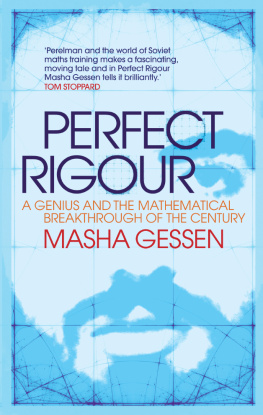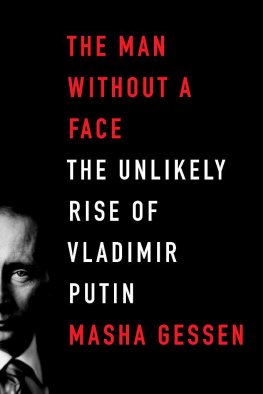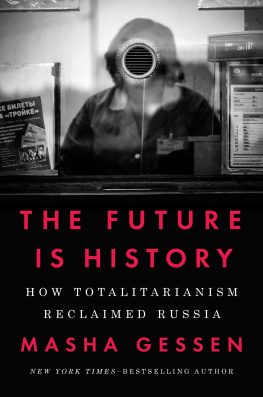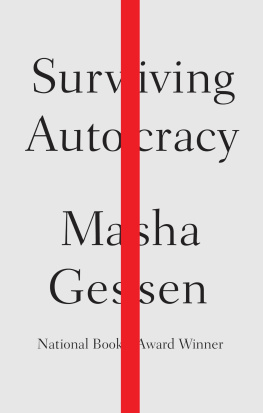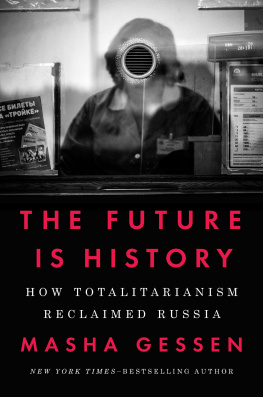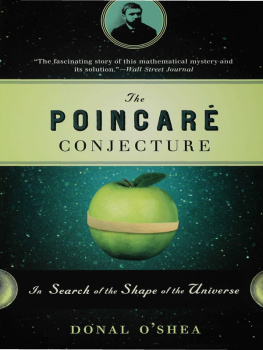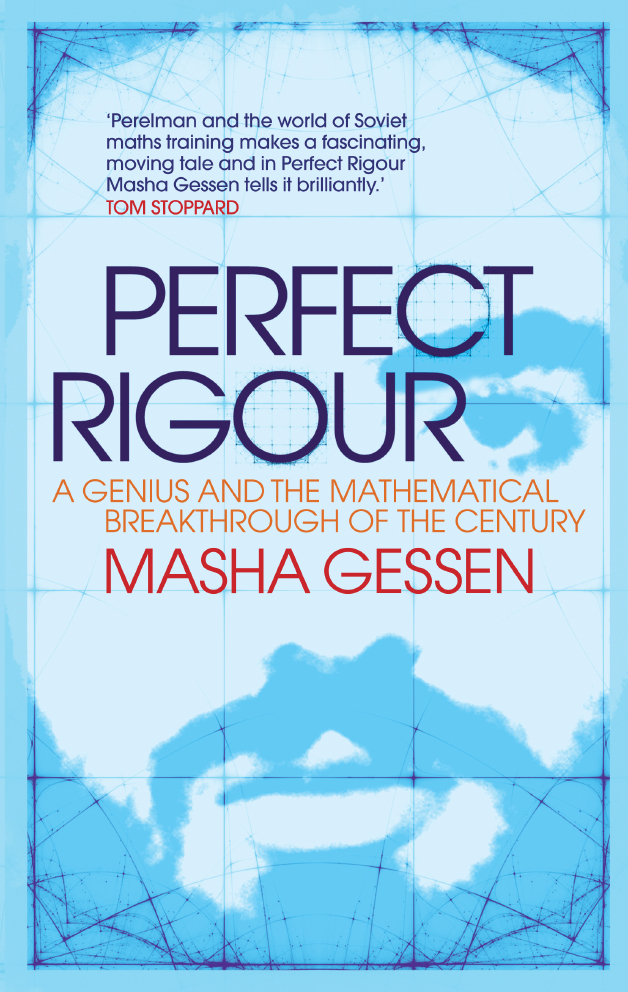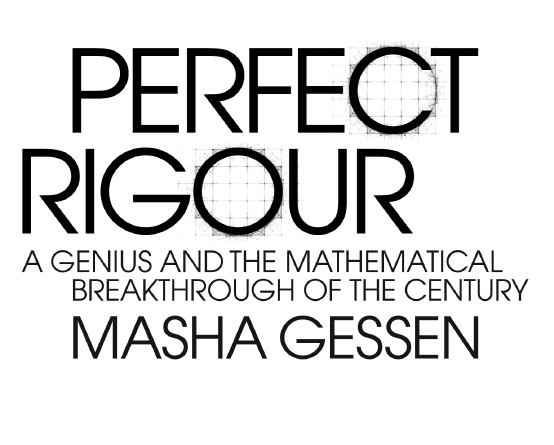

Published in the UK in 2011 by
Icon Books Ltd, Omnibus Business Centre,
3941 North Road, London N7 9DP
email:
www.iconbooks.co.uk
This electronic edition published in 2011 by Icon Books
ISBN: 978-1-84831-309-5 (ePub format)
ISBN: 978-1-84831-310-1 (Adobe ebook format)
Printed edition previously published in the USA in 2009 by
Houghton Mifflin Harcourt Publishing Company,
215 Park Avenue South, New York, New York 10003
Printed edition (ISBN: 978-1-84831-238-8)
sold in the UK, Europe, South Africa and Asia
by Faber & Faber Ltd, Bloomsbury House,
7477 Great Russell Street, London WC1B 3DA
or their agents
Printed edition distributed in the UK, Europe, South Africa and Asia
by TBS Ltd, TBS Distribution Centre, Colchester Road,
Frating Green, Colchester CO7 7DW
Printed edition published in Australia in 2011
by Allen & Unwin Pty Ltd,
PO Box 8500, 83 Alexander Street,
Crows Nest, NSW 2065
Printed edition distributed in Canada by
Penguin Books Canada,
90 Eglinton Avenue East, Suite 700,
Toronto, Ontario M4P 2YE
Text copyright 2009, 2011 Masha Gessen
The author has asserted her moral rights.
No part of this book may be reproduced in any form, or by any
means, without prior permission in writing from the publisher.
Typeset by Marie Doherty
BOOKS BY MASHA GESSEN
Blood Matters: From Inherited Illness to Designer Babies, How the World and I Found Ourselves in the Future of the Gene
Ester and Ruzya: How My Grandmothers Survived
Hitlers War and Stalins Peace
Dead Again: The Russian Intelligentsia After Communism
In the Here and There, by Valeria Narbikova (as translator)
Half a Revolution: Contemporary Fiction by Russian Women
(as editor and translator)
Perfect Rigor: A Genius and the Mathematical
Breakthrough of the Century
Contents
PROLOGUE
A Problem for a Million Dollars
Numbers cast a magic spell over all of us, but mathematicians are especially skilled at imbuing figures with meaning. In the year 2000, a group of the worlds leading mathematicians gathered in Paris for a meeting that they believed would be momentous. They would use this occasion to take stock of their field. They would discuss the sheer beauty of mathematicsa value that would be understood and appreciated by everyone present. They would take the time to reward one another with praise and, most critical, to dream. They would together try to envision the elegance, the substance, the importance of future mathematical accomplishments.
The Millennium Meeting had been convened by the Clay Mathematics Institute, a nonprofit organization founded by Boston-area businessman Landon Clay and his wife, Lavinia, for the purposes of popularizing mathematical ideas and encouraging their professional exploration. In the two years of its existence, the institute had set up a beautiful office in a building just outside Harvard Square in Cambridge, Massachusetts, and had handed out a few research awards. Now it had an ambitious plan for the future of mathematics, to record the problems of the twentieth century that resisted challenge most successfully and that we would most like to see resolved, as Andrew Wiles, the British number theorist who had famously conquered Fermats Last Theorem, put it. We dont know how theyll be solved or when: it may be five years or it may be a hundred years. But we believe that somehow by solving these problems we will open up whole new vistas of mathematical discoveries and landscapes.
As though setting up a mathematical fairy tale, the Clay Institute named seven problemsa magic number in many folk traditionsand assigned the fantastical value of one million dollars for each ones solution. The reigning kings of mathematics gave lectures summarizing the problems. Michael Francis Atiyah, one of the previous centurys most influential mathematicians, began by outlining the Poincar Conjecture, formulated by Henri Poincar in 1904. The problem was a classic of mathematical topology. Its been worked on by many famous mathematicians, and its still unsolved, stated Atiyah. There have been many false proofs. Many people have tried and have made mistakes. Sometimes they discovered the mistakes themselves, sometimes their friends discovered the mistakes. The audience, which no doubt contained at least a couple of people who had made mistakes while tackling the Poincar, laughed.
Atiyah suggested that the solution to the problem might come from physics. This is a kind of cluehintby the teacher who cannot solve the problem to the student who is trying to solve it, he joked. Several members of the audience were indeed working on problems that they hoped might move mathematics closer to a victory over the Poincar. But no one thought a solution was near. True, some mathematicians conceal their preoccupations when theyre working on famous problemsas Wiles had done while he was working on Fermats Lastbut generally they stay abreast of one anothers research. And though putative proofs of the Poincar Conjecture had appeared more or less annually, the last major breakthrough dated back almost twenty years, to 1982, when the American Richard Hamilton laid out a blueprint for solving the problem. He had found, however, that his own plan for the solutionwhat mathematicians call a programwas too difficult to follow, and no one else had offered a credible alternative. The Poincar Conjecture, like Clays other Millennium Problems, might never be solved.
Solving any one of these problems would be nothing short of a heroic feat. Each had claimed decades of research time, and many a mathematician had gone to the grave having failed to solve the problem with which he or she had struggled for years. The Clay Mathematics Institute really wants to send a clear message, which is that mathematics is mainly valuable because of these immensely difficult problems, which are like the Mount Everest or the Mount Himalaya of mathematics, said the French mathematician Alain Connes, another twentieth-century giant. And if we reach the peak, first of all, it will be extremely difficultwe might even pay the price of our lives or something like that. But what is true is that when we reach the peak, the view from there will be fantastic.
As unlikely as it was that anyone would solve a Millennium Problem in the foreseeable future, the Clay Institute nonetheless laid out a clear plan for giving each award. The rules stipulated that the solution to the problem would have to be presented in a refereed journal, which was, of course, standard practice. After publication, a two-year waiting period would begin, allowing the world mathematics community to examine the solution and arrive at a consensus on its veracity and authorship. Then a committee would be appointed to make a final recommendation on the award. Only after it had done so would the institute hand over the million dollars. Wiles estimated that it would take at least five years to arrive at the first solutionassuming that any of the problems was actually solvedso the procedure did not seem at all cumbersome.
Just two years later, in November 2002, a Russian mathematician posted his proof of the Poincar Conjecture on the Internet. He was not the first person to claim hed solved the Poincarhe was not even the only Russian to post a putative proof of the conjecture on the Internet that year but his proof turned out to be right.

